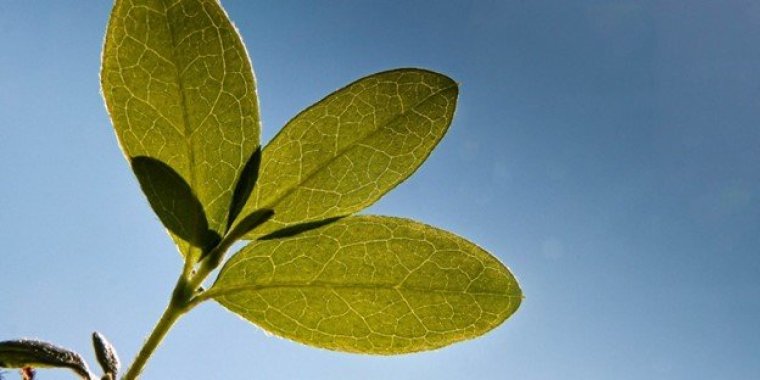| News / Science News |
Even machines need their greens
A tree grows strong from years of generating its own food. Imagine if products could be strengthened with the same living materials that provide nutrients to trees. This is the work of University of Southern California civil and environmental engineer Qiming Wang, whose research is among the first to infuse 3-D printer ink with living material. The material has potential for greater strength, flexibility and self-healing.

Chloroplast-fortified 3D-printer ink may strengthen products like custom sneaker soles. Photo: USC
The idea for the bio-inspired ink came from trees that harness the power of photosynthesis to produce glucose, which transforms to cellulose and strengthens the plant's cell structure. "When trees are young," says Wang, "they are flexible; when they are mature, they are rigid."
The team used a centrifuge to extract chloroplasts from spinach. Chloroplasts are part of green plant cells in which photosynthesis takes place. The team blended the spinach chloroplasts with a newly invented 3D-printable polymer ink.
Then they used the ink to make 3D-print structures. By applying light to the 3D-printed structure, they created conditions to generate plant-based glucose, which reacts with the polymer to make the material become stronger.
By applying two to four hours of light and mimicking the power of photosynthesis, the researchers believe this "living material" can self-strengthen to six times its original strength.
The team envisions applying photosynthesis to materials to design a custom 3D-printed sneaker sole that molds to one's foot and has a customized stiffness.
Some plants exhibit a self-healing capability during grafting and wound repairing. According to the researchers, the "living material" infused with chloroplasts also has an outstanding self-repairing property.
The property is induced by the photosynthesis-produced glucose that creates the molecular process of cross-linking (equivalent to creating sutures). Such crack-repairing capability could be applied in boat propellers or even drones. (National Science Foundation)





